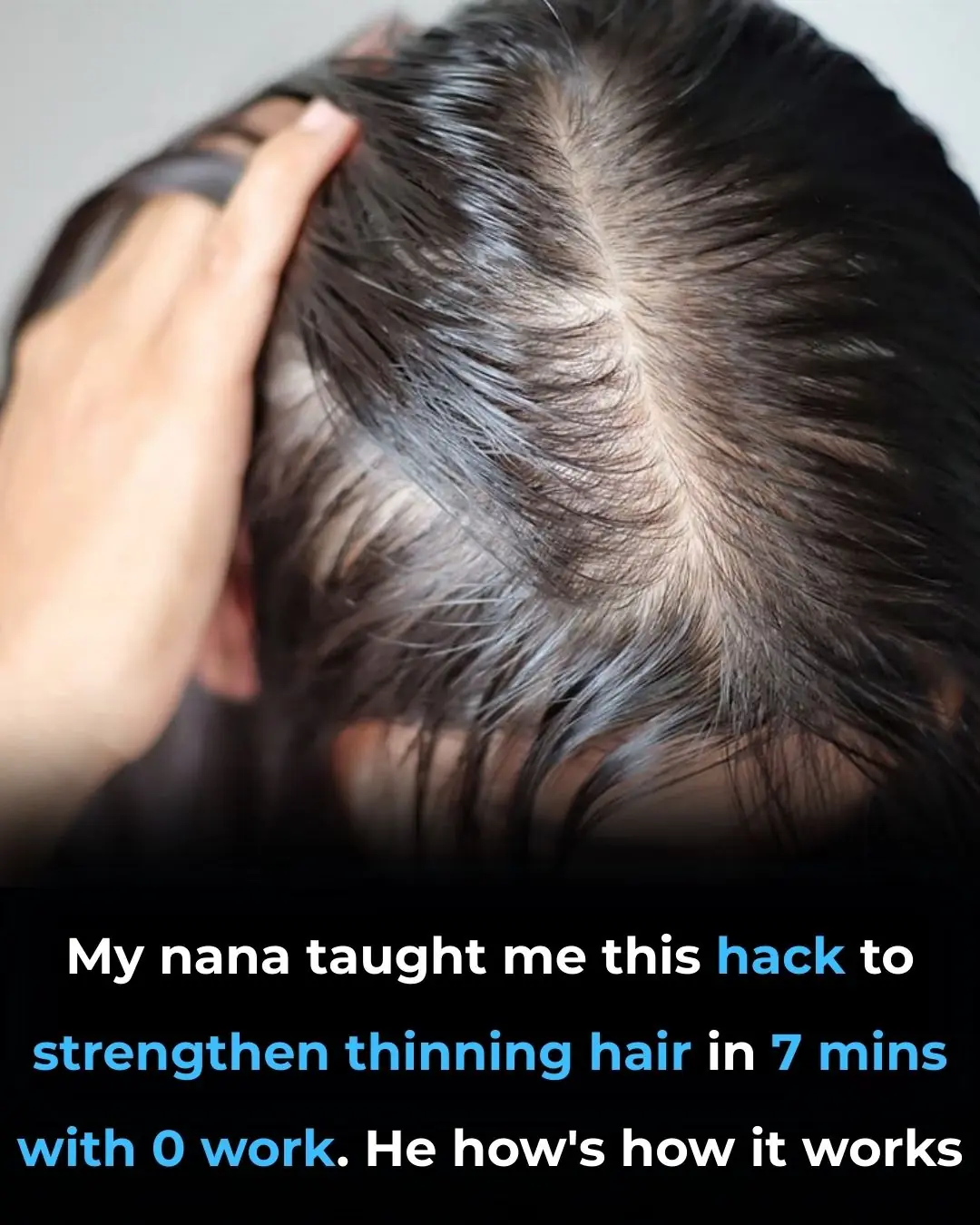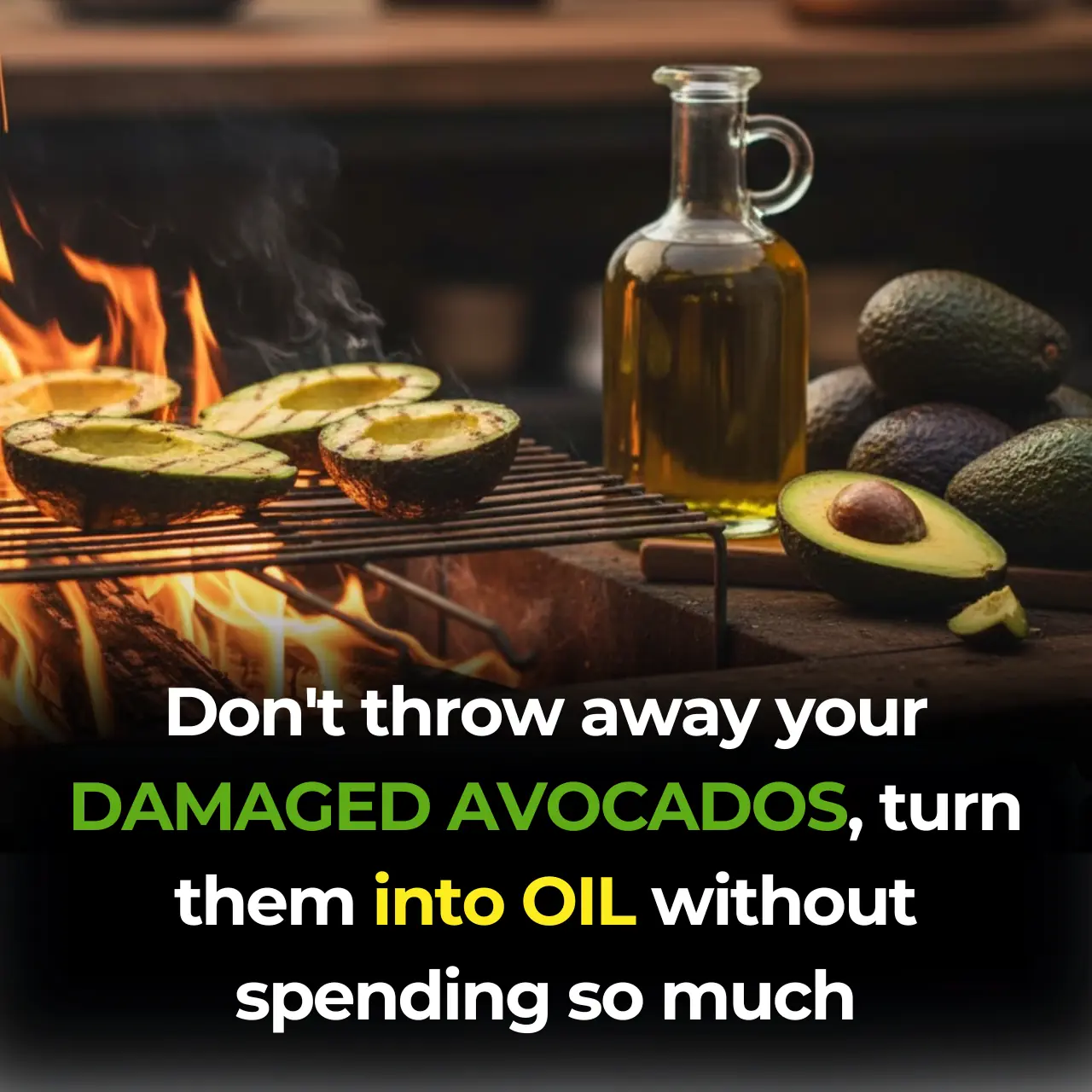
Stop blood sugar spikes—enjoy carbs without the crash!

Ever feel like your blood sugar goes on a wild roller coaster ride after you eat? You’re definitely not alone. Many people worry that their favorite carb-rich meals—like bread, rice, pasta, or potatoes—might be working against their health. The encouraging news is that you don’t have to cut out these foods to keep your blood sugar stable. With a few smart strategies, you can enjoy them without sending your glucose levels soaring.
A blood sugar spike usually means your glucose rises to about 180 mg/dL or higher after a meal. This happens more often in people with diabetes or prediabetes, but even those with no diagnosis can experience significant spikes, especially as they age or carry extra weight. Keeping blood sugar between 70 and 140 mg/dL is ideal for long-term health, energy, and metabolic function. The best part? You can prevent most spikes—often without giving up the carbs you love.
I’m 51, and I know I have a family history that puts me at higher risk for obesity and type 2 diabetes. Even so, my average blood sugar stays pretty steady, usually between 80 and 120 mg/dL. And yes—I eat plenty of bread, rice, potatoes, and fruit. My goal has never been to avoid carbs; instead, I pay attention to a few key habits that make all the difference. Here are six simple strategies—based on the expertise of Mario Kratz, PhD—that continue to help me keep my blood sugar steady.
6. Minimize Foods With a High Glycemic Index
Think of the glycemic index (GI) as a scorecard showing how quickly a food raises your blood sugar. High-GI foods like white rice, corn flakes, white bread, and soda can spike your glucose almost as fast as pure table sugar. If most of your meals are packed with high-GI choices, your glucose levels can swing up and down all day long.
A great first step is to limit foods with a GI over 60. Small swaps can bring big benefits. For example:
-
Choose steel-cut oats instead of corn flakes
-
Pick sourdough rye bread instead of white bread
-
Swap white rice for sweet potatoes
Even if the total carbs are the same, these alternatives can meaningfully lower your glucose response. I’m not strict about it, and I still enjoy high-GI foods sometimes—but when I do, I make sure to pair them with one of the other strategies below to help balance things out.
5. Eat Starchy Foods After Retrogradation
This may sound like a complicated scientific term, but it’s actually very practical. When you cook starchy foods like potatoes or rice and eat them immediately, their starch quickly breaks down and converts to sugar in your body, causing a faster glucose rise.
But here’s the interesting part: when you cook those same foods and then cool them down—especially overnight—the starch undergoes a change. It transforms into something called resistant starch, which acts more like fiber. Your body digests it much more slowly, and instead of spiking your blood sugar, it feeds beneficial gut bacteria.
This cooling process can reduce the food’s glycemic impact by 20% to 40%.
It’s incredibly easy to use this to your advantage:
-
Cook extra potatoes and refrigerate them overnight to use in hash browns or potato salad
-
Make rice for dinner and use the leftovers in a stir-fry the next day
-
Prep pasta the night before and eat it chilled in a pasta salad
These small habits can add up to big improvements in your blood sugar stability.
4. Don’t Eat “Naked” Carbs
“Naked carbs” are carbohydrates eaten without much protein, fat, or fiber to slow down digestion. Examples include:
-
Corn flakes with milk
-
Instant oatmeal
-
White bread with jam
-
A plain baked potato
They digest quickly, rush into your bloodstream, and send your glucose climbing.
Science is clear: adding protein, fat, and fiber to a carb-heavy meal significantly reduces the blood sugar response. So if you’re eating rice, bread, pasta, or any other starchy food, include a reliable source of protein like:
-
Eggs
-
Meat or fish
-
Beans or lentils
-
Greek yogurt
-
Tofu
-
Nuts or seeds
Also try to always add a generous portion of non-starchy vegetables—spinach, onions, cabbage, broccoli, leafy greens, Brussels sprouts, etc. They provide fiber and volume, helping your glucose rise more gently.
Some people recommend eating protein and vegetables before your carbs. While this may help a little more, it’s not always practical. What matters most is having everything together in the same meal.
A real example from my own experience: once, I had bread with ham and cheese for dinner. Even though it included some fat and protein, my blood sugar still climbed to about 170 mg/dL. Another time, I ate the exact same meal—but added two boiled eggs. My blood sugar barely moved.
Another example: a traditional German dinner of mashed potatoes, sauerkraut, and smoked pork. Mashed potatoes alone usually spike me, but with the protein, fat, and a large serving of sauerkraut, my glucose only went up to 120 mg/dL.
The lesson: Don’t eat your carbs naked.
3. Add Some Vinegar
A surprising amount of research shows that consuming vinegar with or right before a carb-heavy meal can lower your blood sugar response. Most studies use around two tablespoons of vinegar diluted in water. Of course, I don’t recommend drinking vinegar straight—it can harm your teeth and irritate your throat.
A better, more enjoyable method:
-
Have a small salad with a vinaigrette before your meal
-
Add pickles or pickled vegetables to your plate
-
Use vinegar-based marinades on your vegetables
Apple cider vinegar is trendy, but almost any vinegar appears to work similarly.
Here’s an example from my own meals: I had leftover mashed potatoes with caramelized onions and sauerkraut for lunch. Since I didn’t have leftover pork, I added a small salad with vinaigrette. My glucose only rose about 20 mg/dL—a very small response. This was likely a combination of:
-
The vinegar in the salad
-
The fiber from the sauerkraut
-
The resistant starch in the cooled mashed potatoes
When these strategies stack together, they can dramatically reduce how high your blood sugar goes.
News in the same category

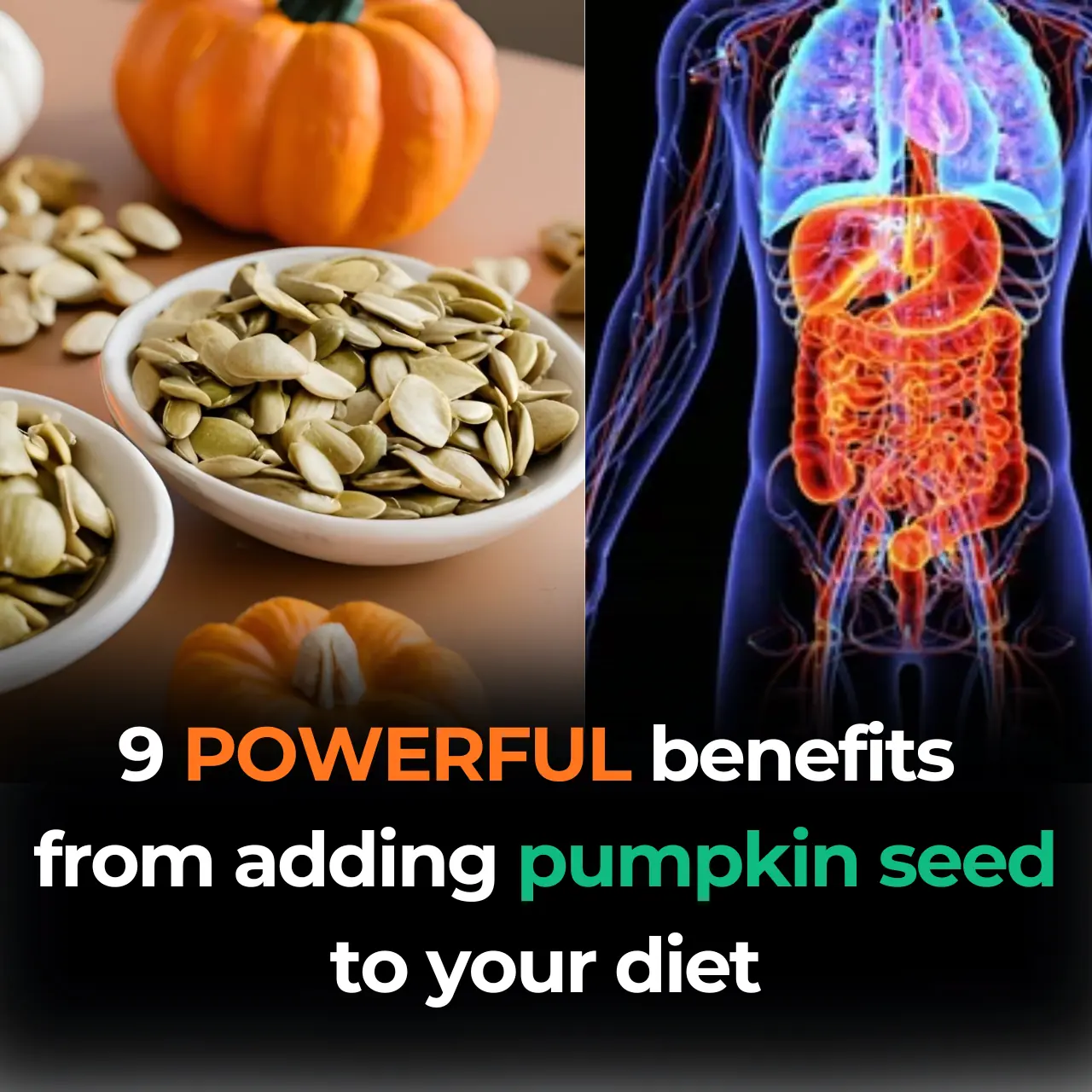
Scientifically Proven Benefits of Pumpkin Seeds (Pepitas) and Pumpkin Seed Oil

The single move that instantly clears congestion and drains your sinuses
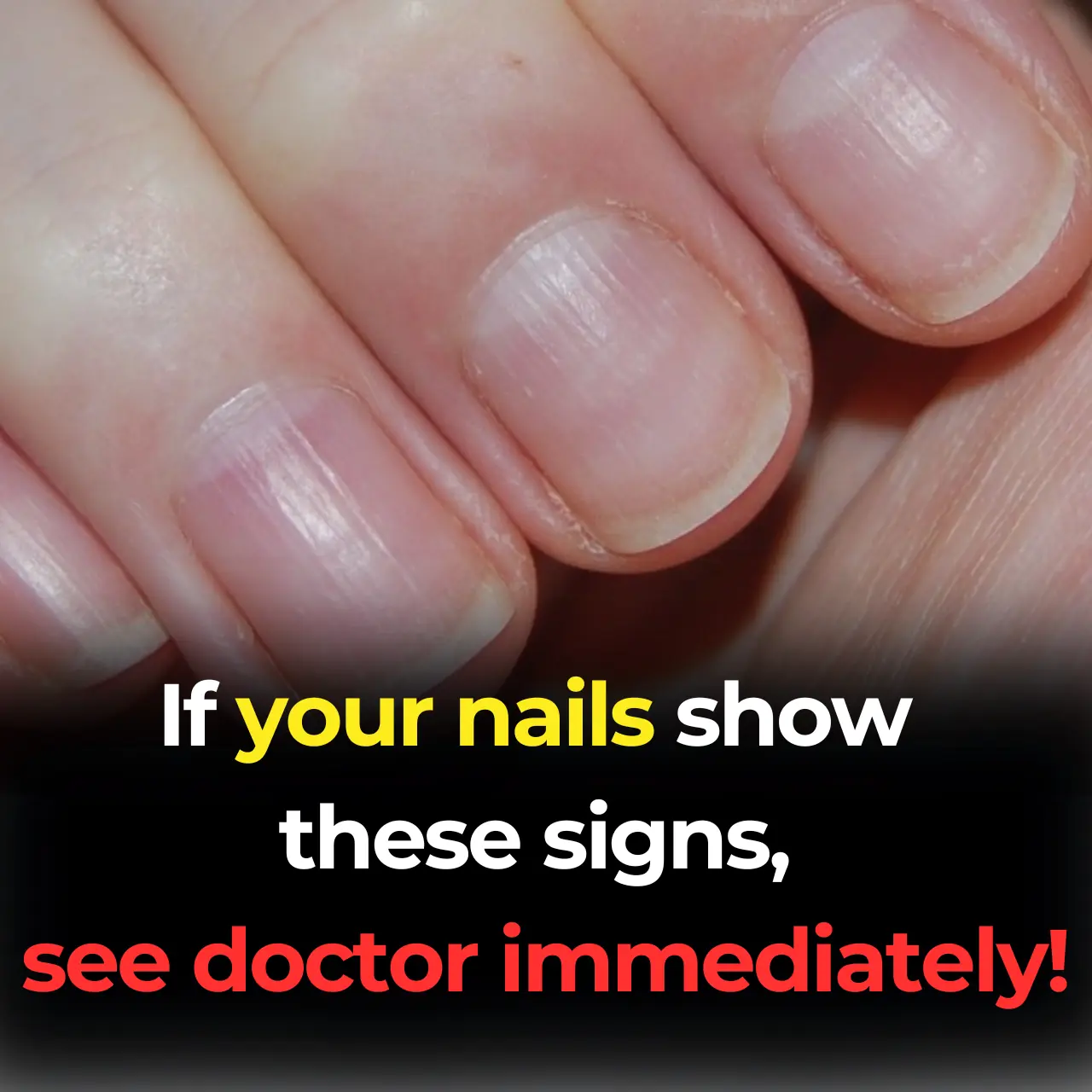
11 Health Warnings Your Fingernails May Be Sending
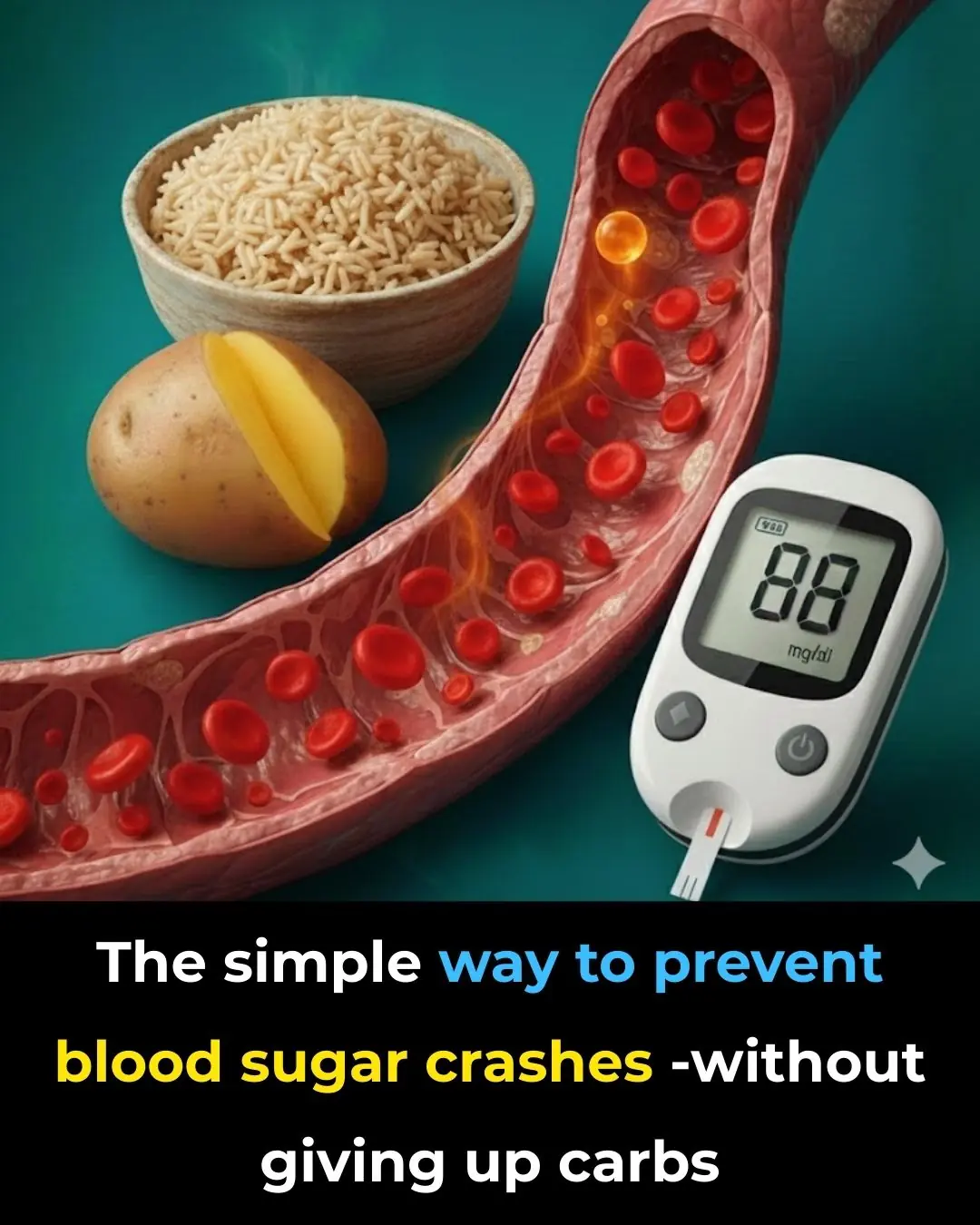
Stop blood sugar spikes—enjoy carbs without the crash!
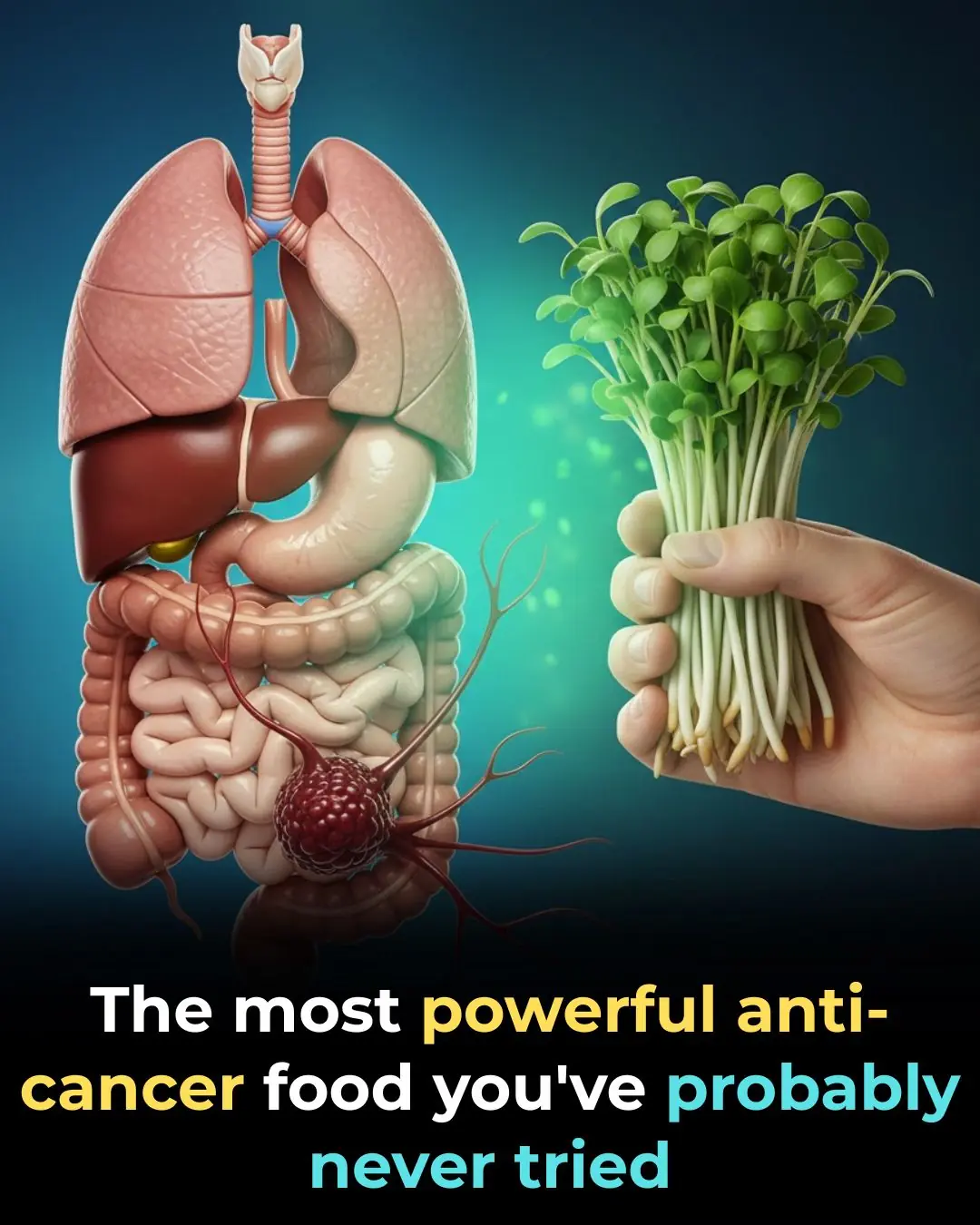
The most powerful anti-cancer food you’ve probably never tried

🩺 Be Aware: If You Notice This Skin Change, It Could Be Skin Cancer — Here’s What to Look For
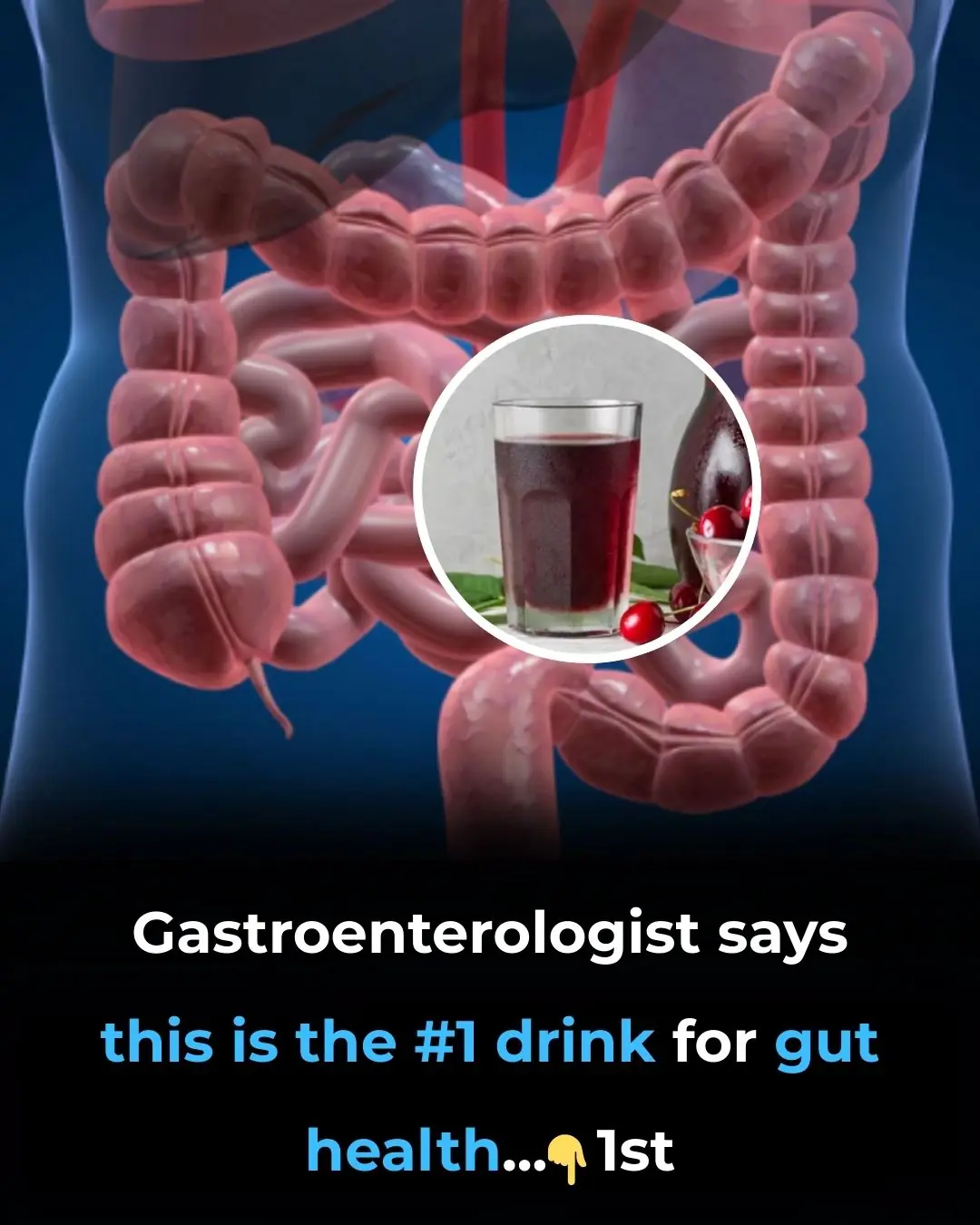
Gastroenterologist says this is the #1 drink for gut health

What your body does when you drink coffee every day

The 5 best supplements to soothe nerve pain and tingling
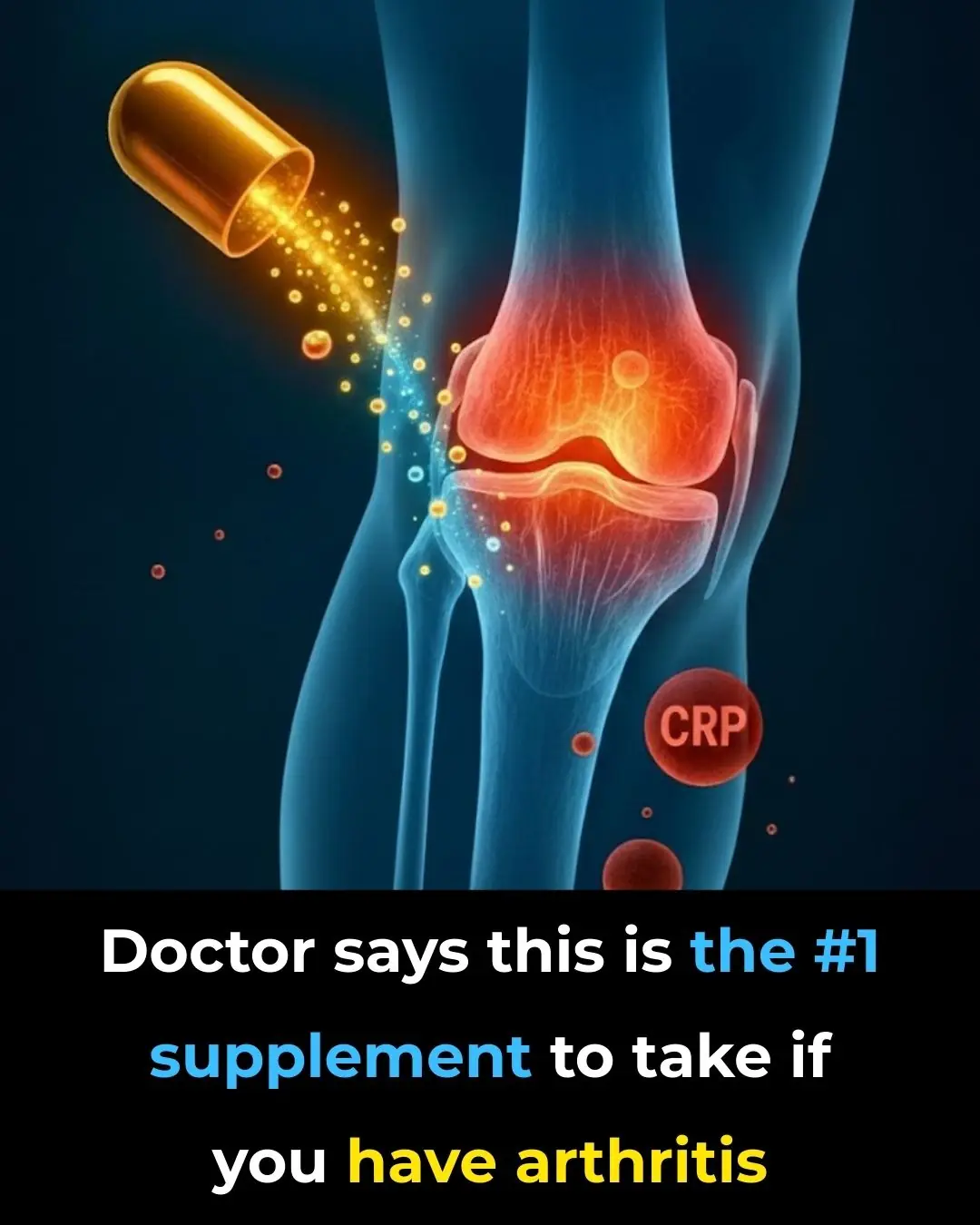
Doctor says this is the #1 supplement to take if you have arthritis
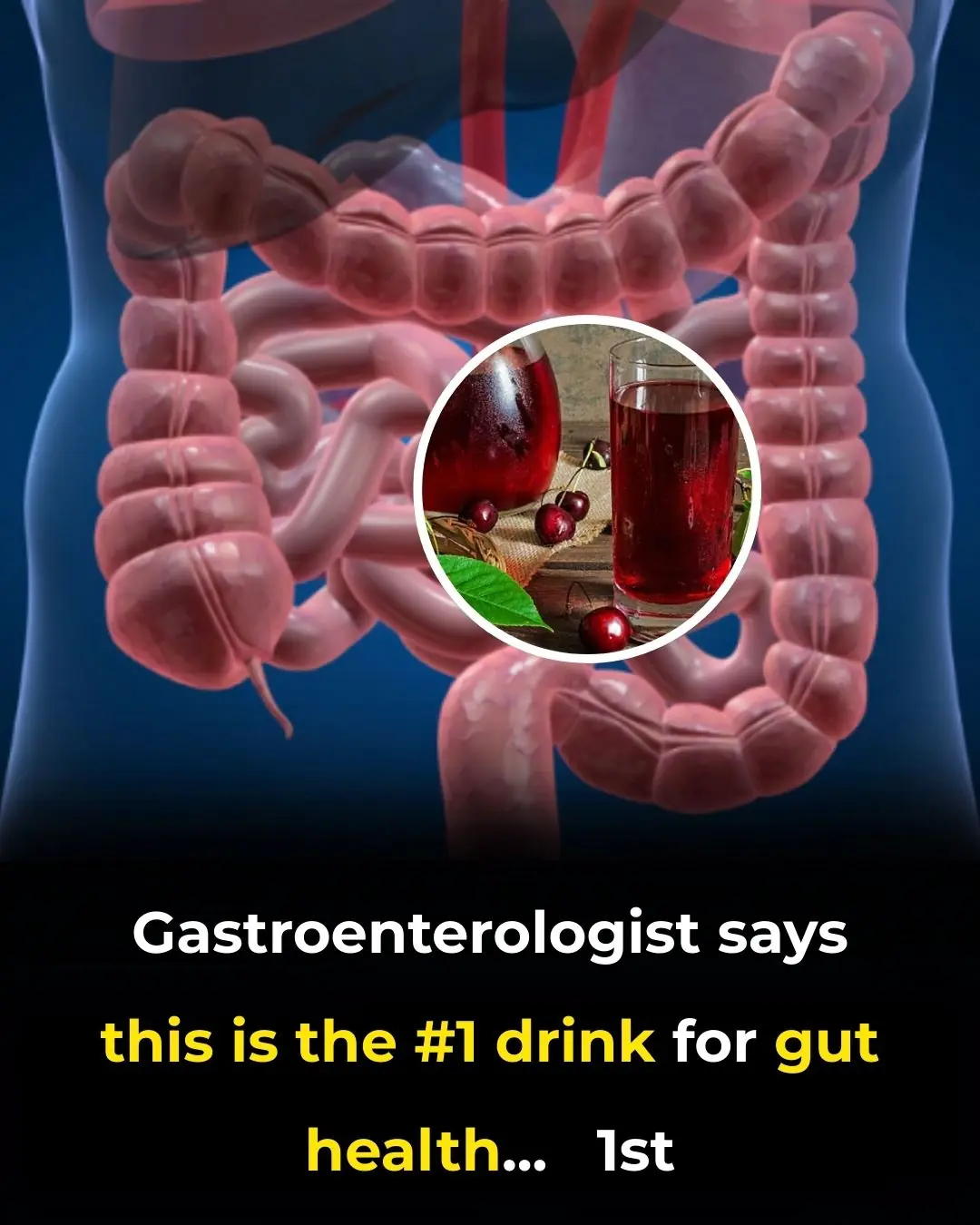
Gastroenterologist says this is the #1 drink for gut health
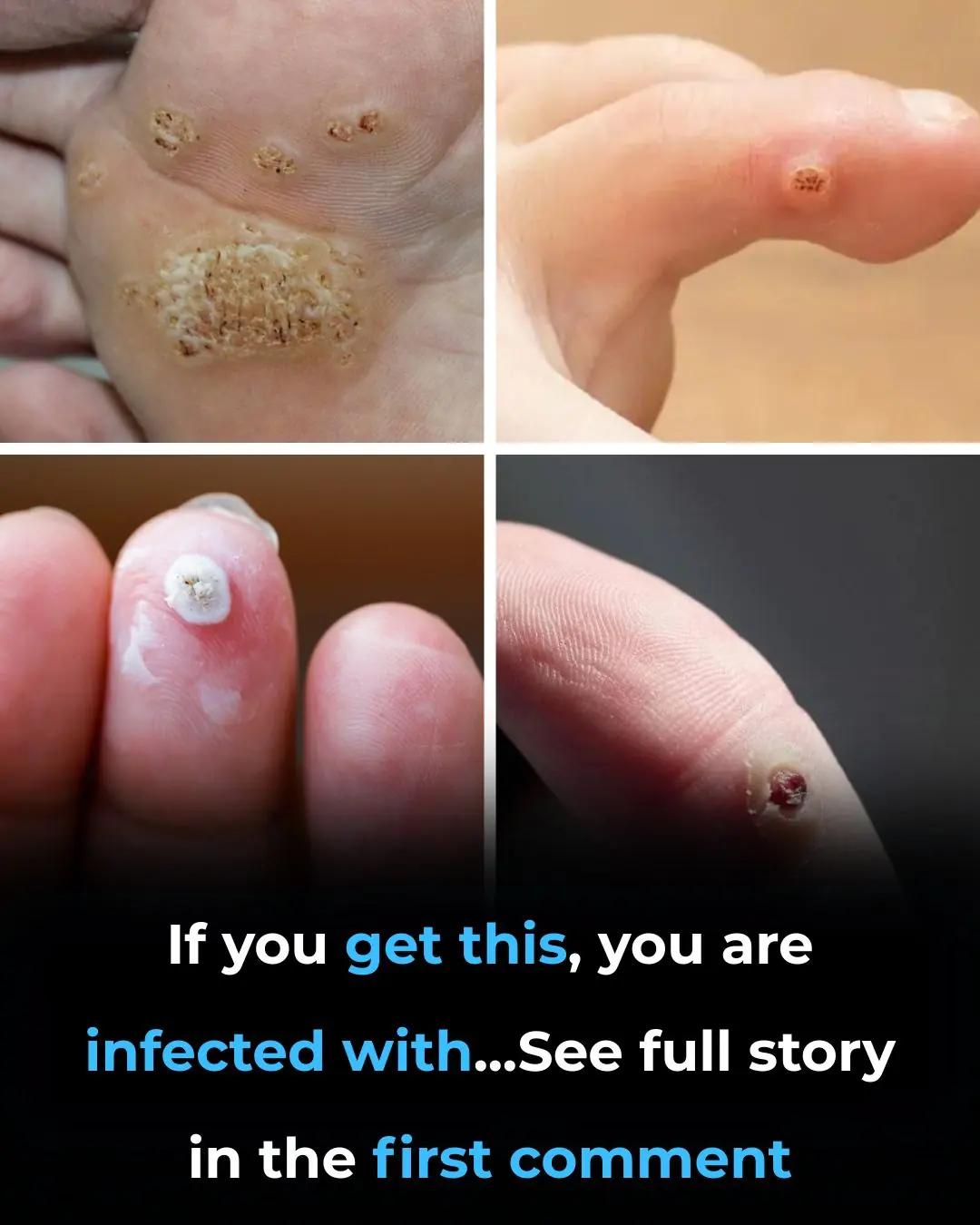
6 Types of Warts (Signs, Symptoms, Home Remedies, and Treatment)
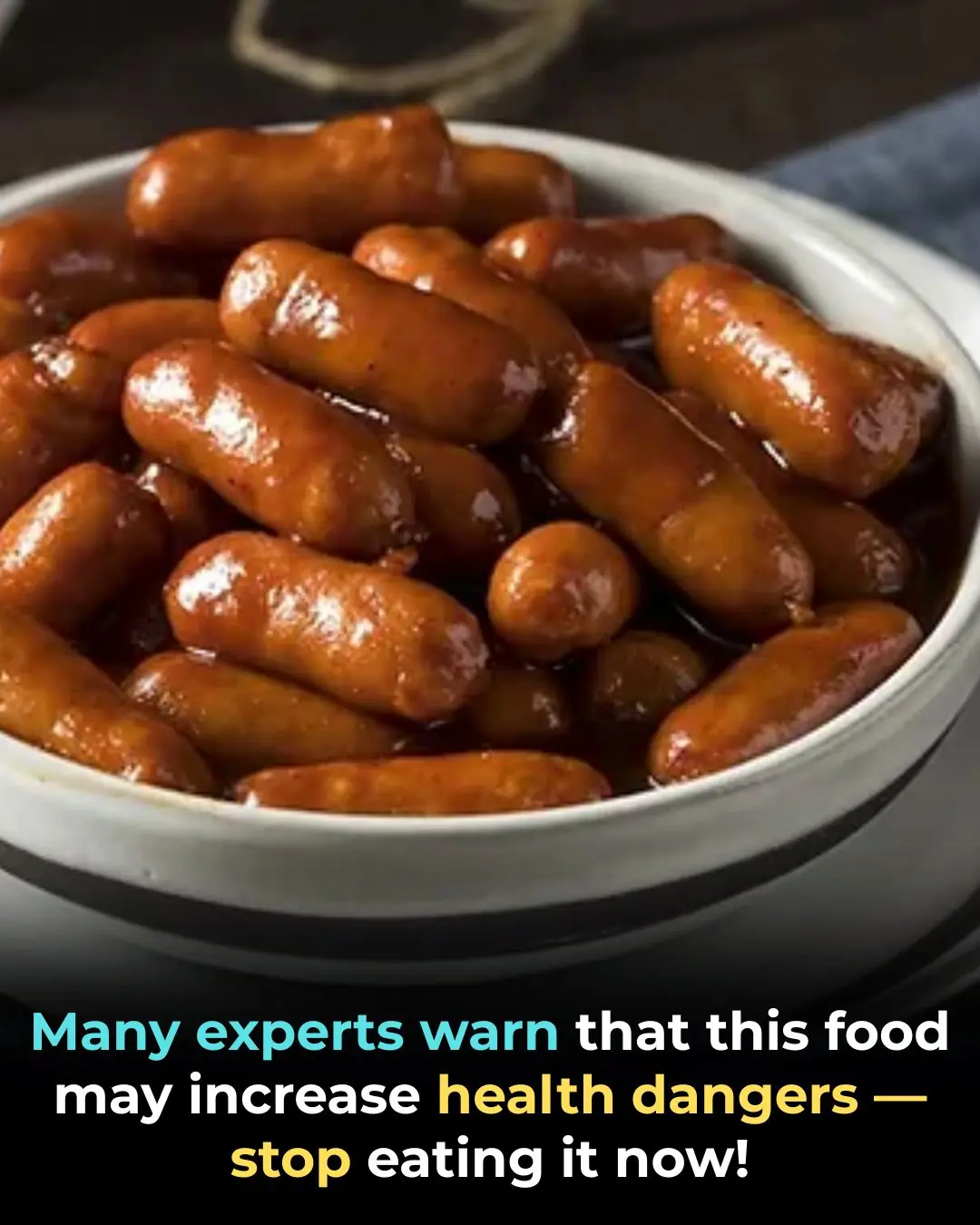
Many experts warn that this food may increase health dangers — stop eating it now!
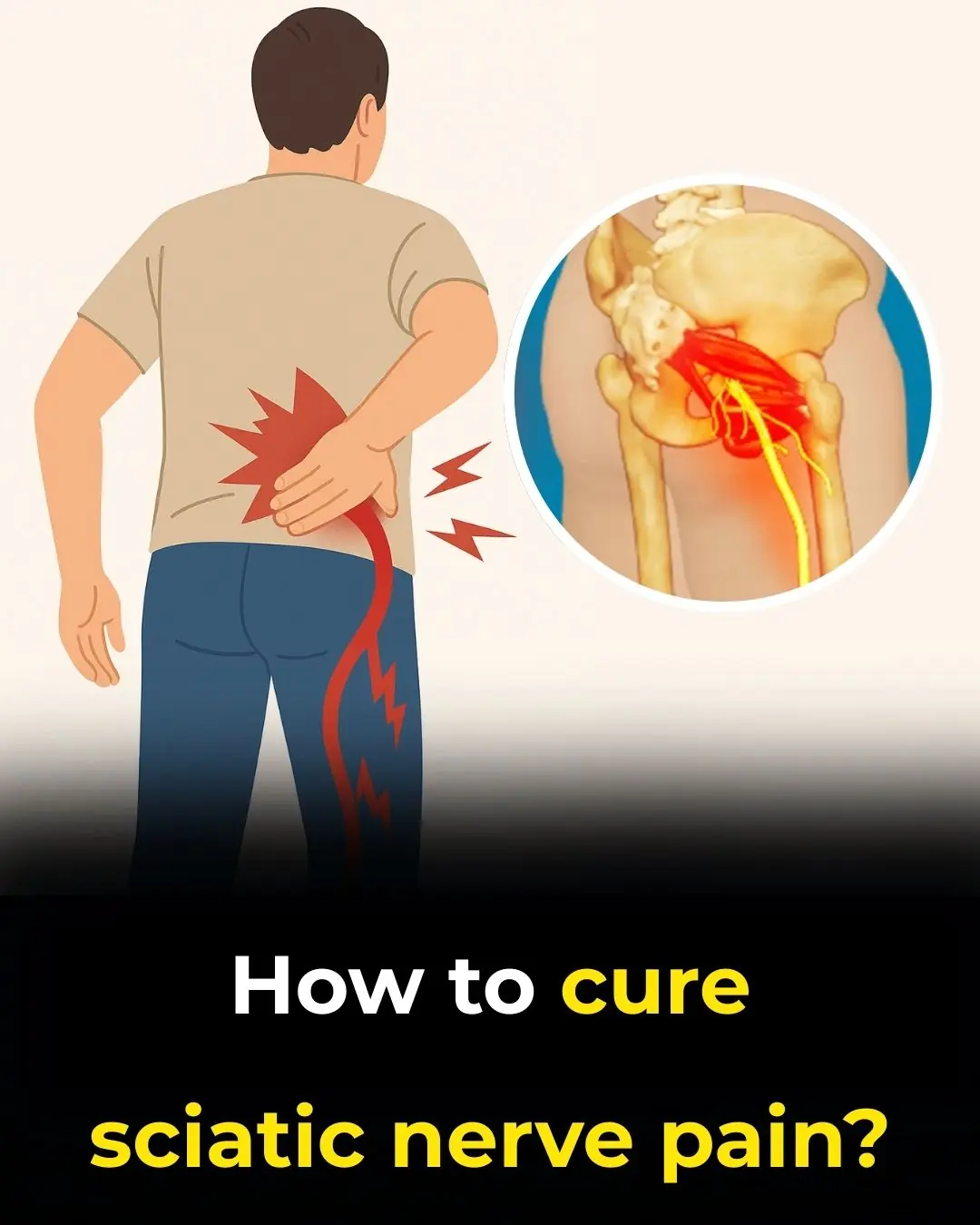
Gentle Stretches to Relieve Sciatica Pain
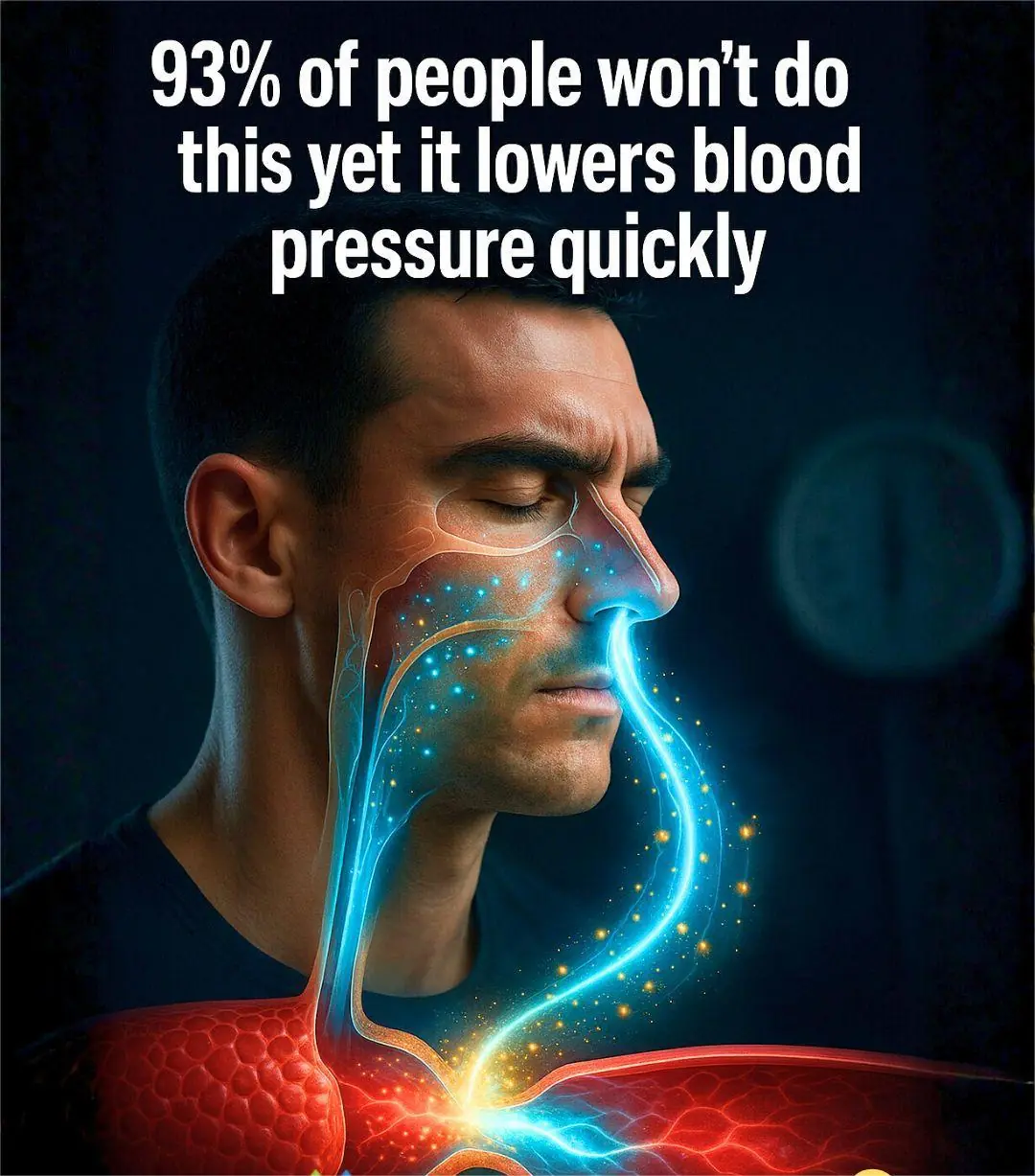
93% of people won’t do this yet it lowers blood pressure quickly

What Happens to Your Body When You Eat Canned Tuna Every Day
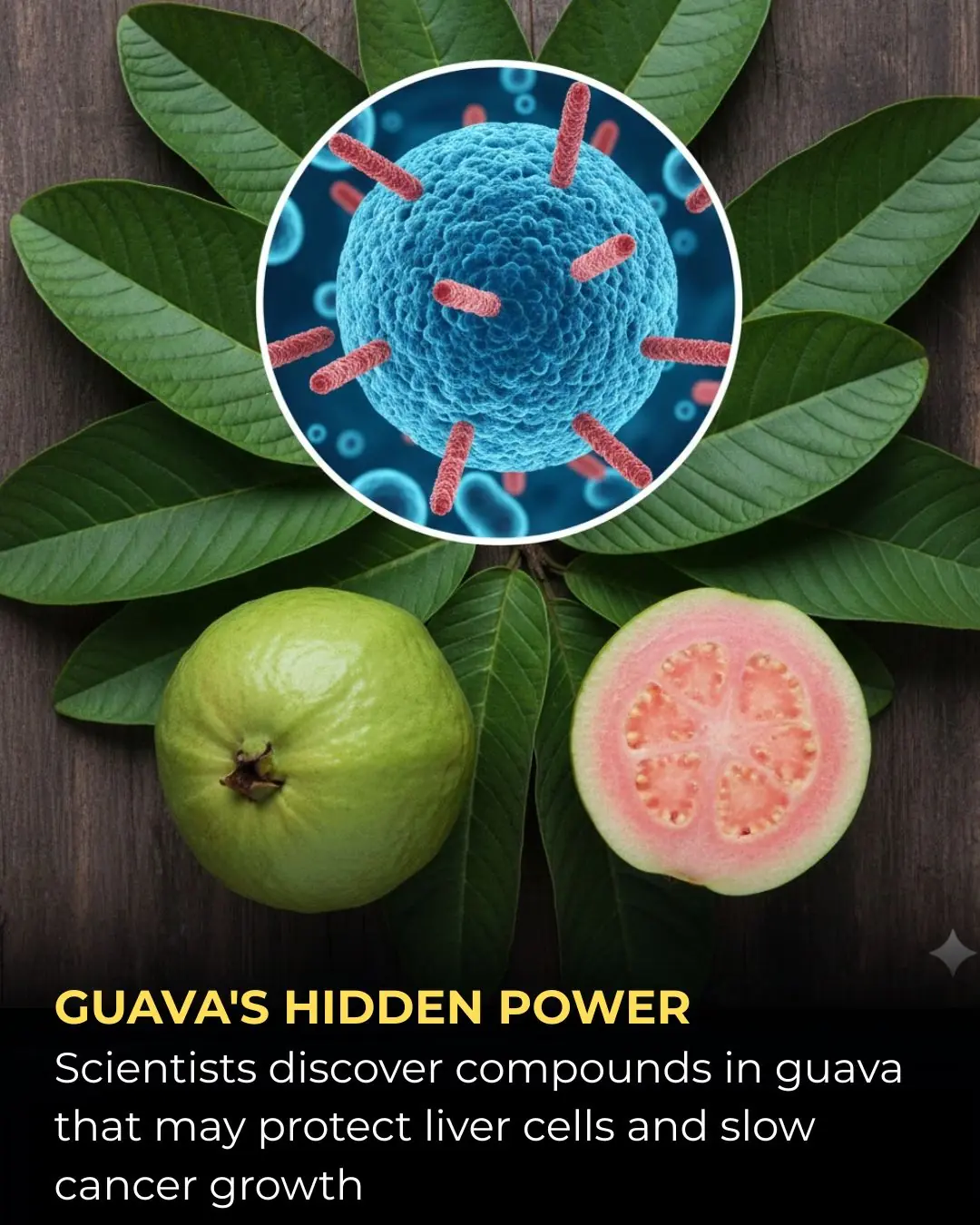
This Tropical Fruit Could Help Protect Your Liver and Fight Cancer
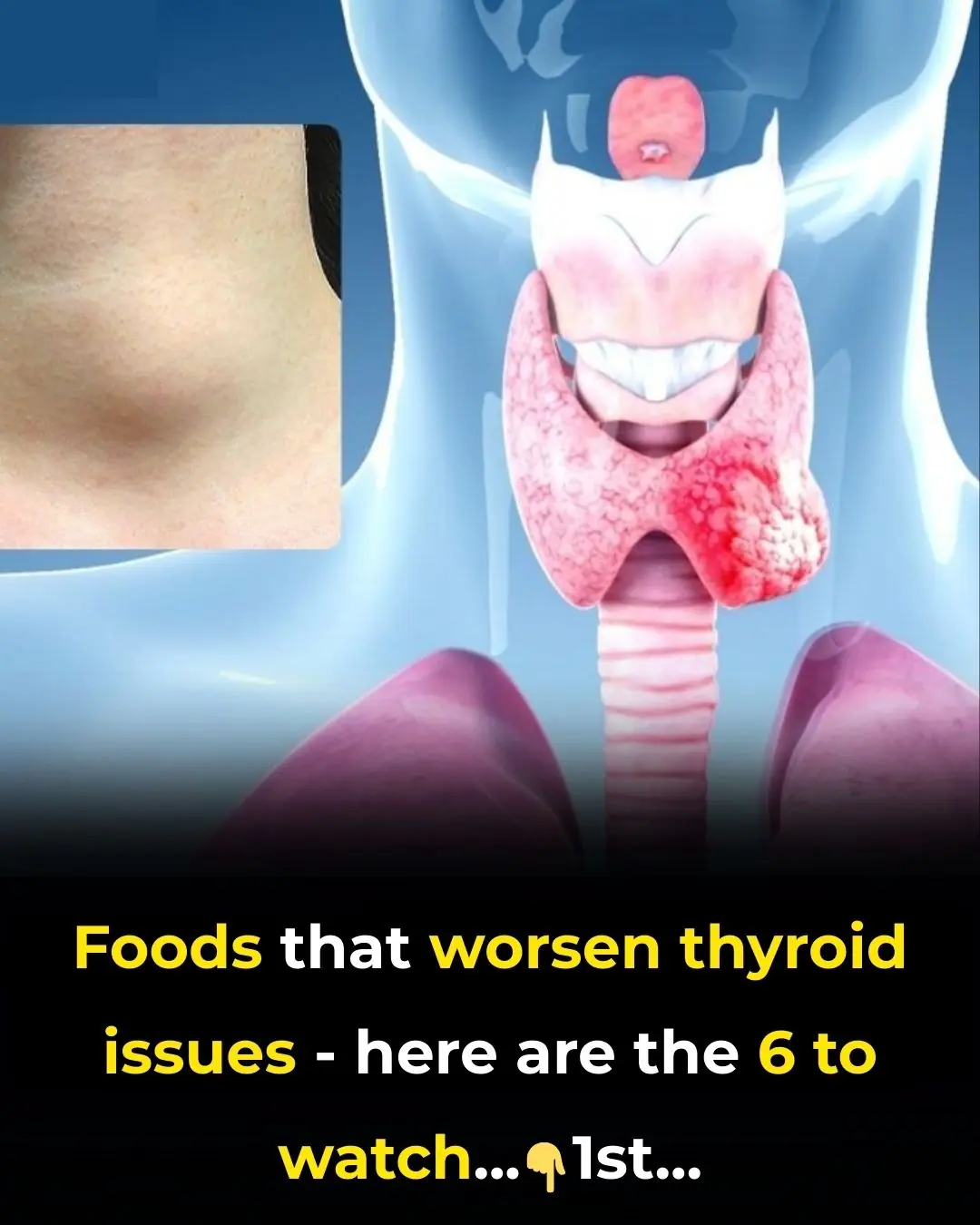
6 Foods You Absolutely Need To Avoid If You Suffer From a Thyroid Disorder
News Post
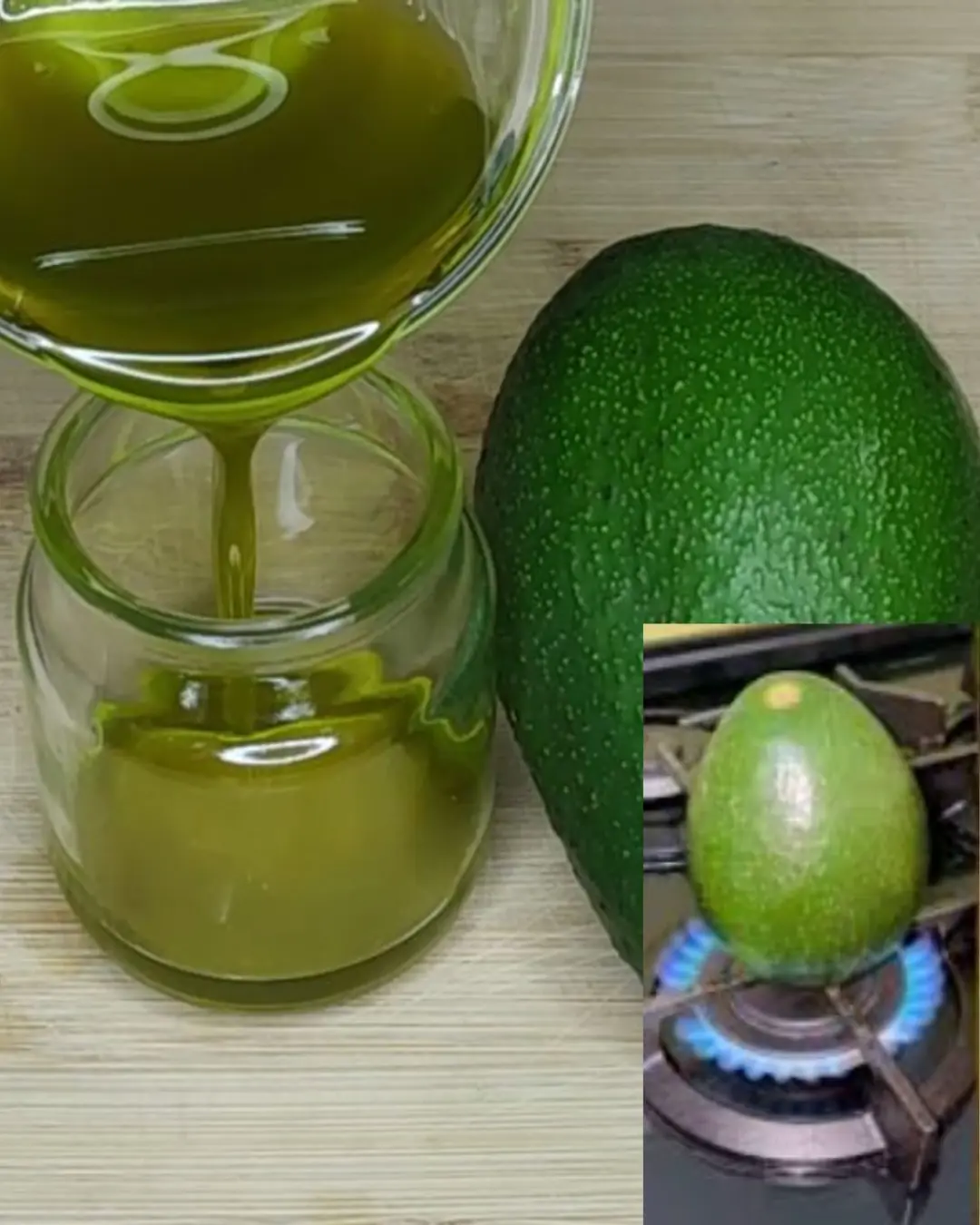
Here’s the secret why everyone puts avocados on the fire!
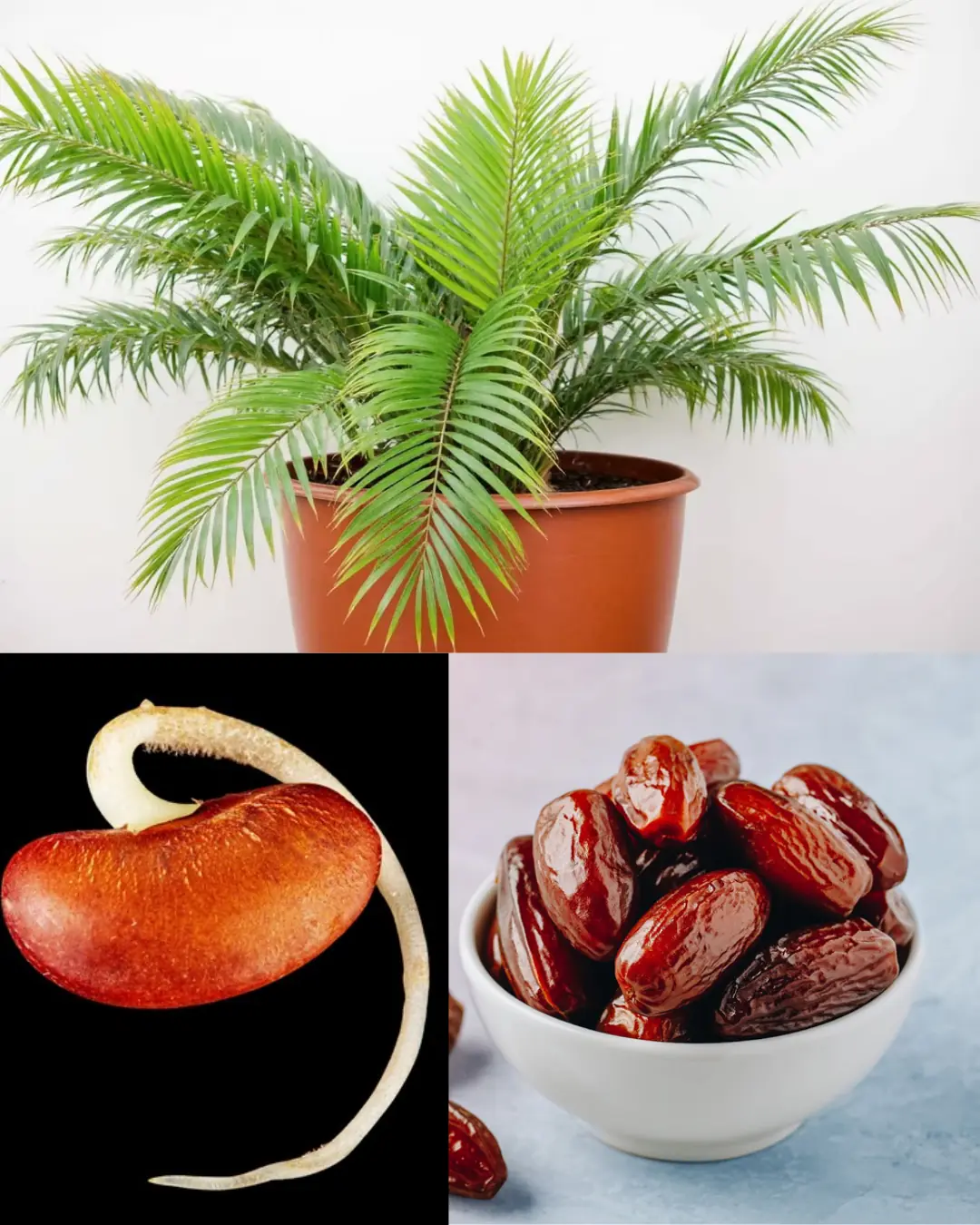
Grow Date Trees From Seed (Start in a Pot → Plant Outdoors): The Complete, No-Stress Guide
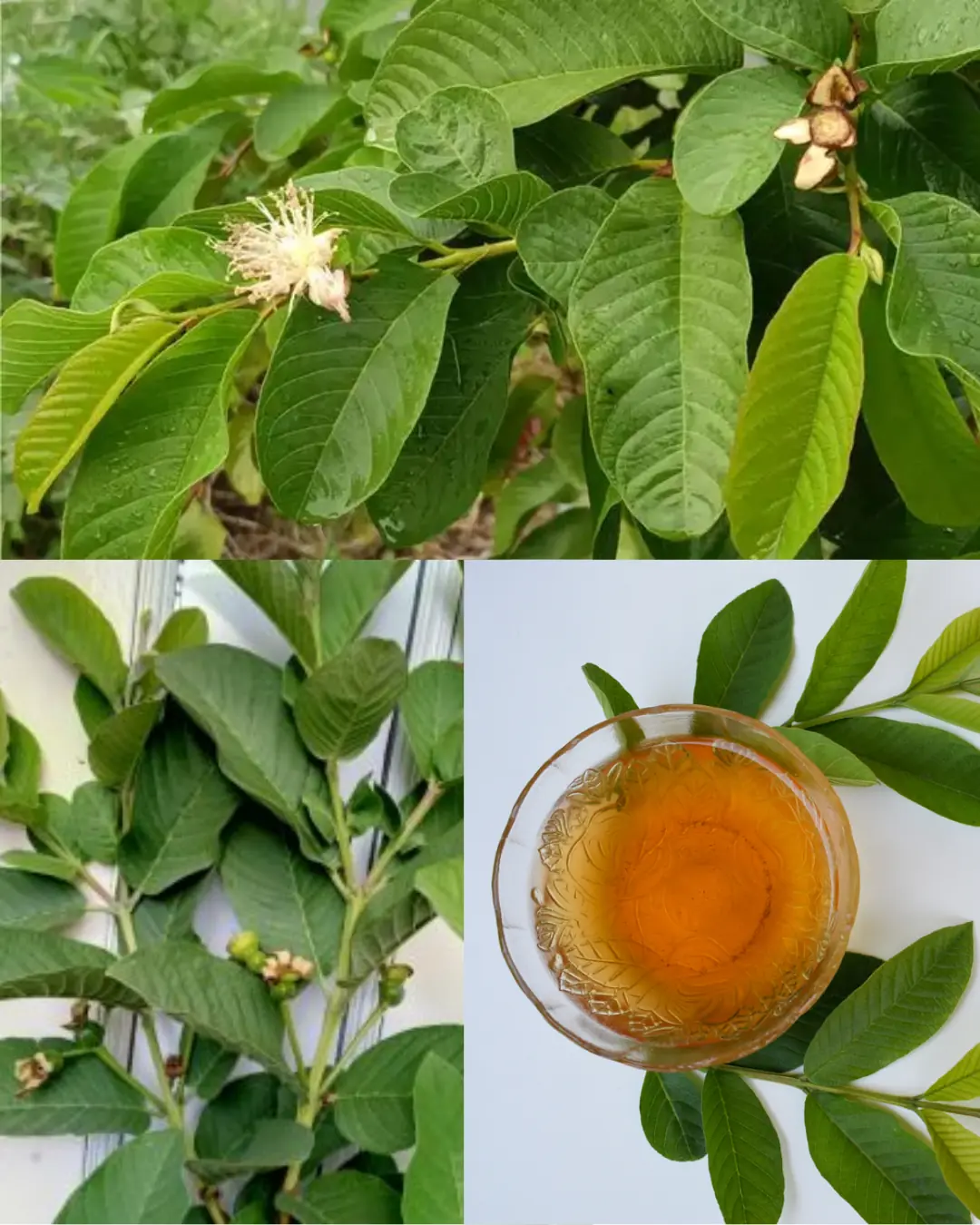
Guava Leaves for Blood Sugar Control: Nature’s Gift for Diabetics

Utqiagvik Enters 64 Days of Darkness: Inside Alaska’s Annual Polar Night
The Versatility and Benefits of Orange Peel Powder

Here’s the secret why everyone puts avocados on the fire!

Natural Biotin Powder: Get New Hair in Bald Patch, Extreme Hair Growth

Community Backlash Stops Padel Court Plans in Bath Amid Rising Demand

Scientifically Proven Benefits of Pumpkin Seeds (Pepitas) and Pumpkin Seed Oil

26 Years, 214 Countries, 900,000 Kilometers: The Epic Journey of Gunther and Christine

My nana taught me this hack to get rid of dark circles in 5 mins with 0 work. Here’s how it works

The single move that instantly clears congestion and drains your sinuses

Put a cotton ball with VapoRub in your ear & get this remarkable effect

A Drink That May Help Reduce Cancer Risk: Not Tea or Coffee
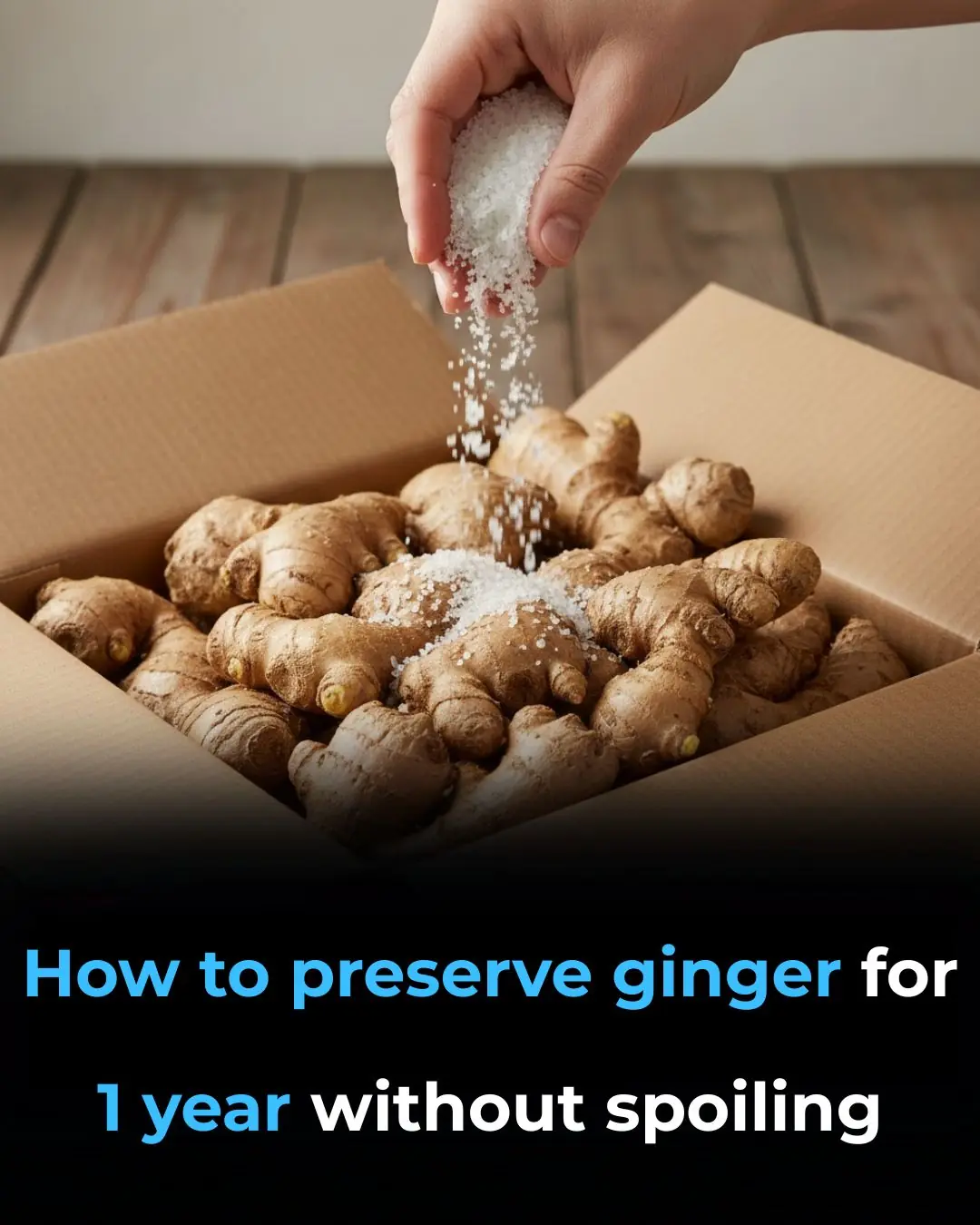
Tips for preserving ginger without refrigeration

11 Health Warnings Your Fingernails May Be Sending

Whether It’s AA or AAA, Don’t Throw Them Away When They Run Out — Here’s a Simple Way to Revive Batteries in 10 Seconds

If the fan is dirty, you don't need to remove the frame or use water

Placing a Sock on Top of Your Air Conditioner: A Small Trick With Big Benefits—Especially on Scorching Days
